During my earlier days of working in the bush, I was crazy-mad about everything. I had to see it, smell it, track it, touch it and possibly engage with it for no reason other than the fact that I could. One thing was missing though. Through my adventures (both on land and underwater) in Botswana, Mozambique, Namibia, South Africa, Zimbabwe etc., I never took the time to understand the organism in question. I was generally there with a huge grin on my face due to the fact that I was close to some or other creepy crawly, and after basking in my own ego I would simply walk or swim away and mission off to find my next subject.
| Not too long ago I had thick long hair! Taken in Namaqualand |
A few years down the line, aided by the ecological knowledge I gained at university, I see everything in a different perspective and a different context too. It’s not just a cool snake, it’s a python shedding its skin. It’s not just a pile of dung, it’s a rhino midden used to mark territory. It’s not just a mosquito bite, it’s a potential malaria hazard that could land you in hospital. So naïve was I. And once again nature has sat me down, looked me dead in the eye and said “Sit down, shut up and learn”. Such is my experience with the meerkats.
Had I encountered Cleopatra and the Gosa gang a few years earlier, I would have immediately tried to get up close and personal with the group and admittedly possibly even feed them. However, my new found understanding of the rhythm of Africa has lead me to know better. Instead of going in, guns blazing and swinging tasty scorpions around above my head, I simply sat and watched. Allowing the group to become comfortable to my presence is the most crucial aspect to working in close proximity to any animal. As we have seen over these past days, the group has slowly allowed us to get closer and closer which means that we are able to observe them better and that we are gaining their confidence in a totally natural manner without the use of such devious notions of feeding them or any other highly influential and unethical behaviour.
This slow progression has allowed me to start understanding the meerkats and realise that their behaviours are intentional, that they too have priorities at different times of the day and even more importantly that they exist not to be viewed on occasion by a trigger happy cameraman, but that they are the current product of an incredible timescale that has taken place both in an evolutionary sense and during their own lifetime. In essence, this means that each individual has his or her own character which is essentially the end product of both a genetic history and the events that have happened during their current lives. Seeing a meerkat burrow down 1ft deep to get to a large grub is definitely worthy of a description such as “That’s cool”. An evolutionary process combined with the teachings from fellow family members has allowed that meerkat to be at the level where he/she can smell or hear that grub and burrow down to it with pinpoint accuracy! That’s not cool, that is insanely amazing!!
So, the next time you are lucky enough to view an animal first-hand, think about all these little things that collectively define the beautiful beastie that you see before you. I think you will be surprised.
Rob’s song for the day: Wild thing – The Troggs
Keep in touch
Rob
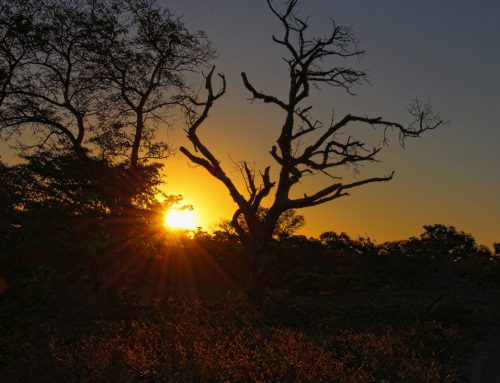
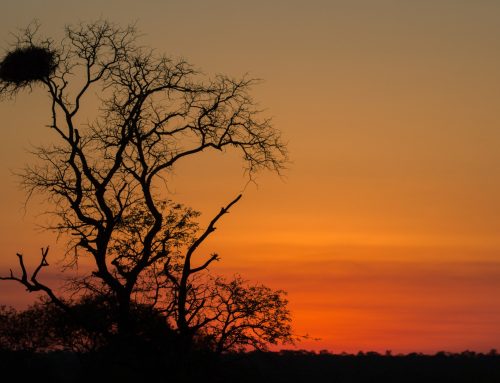
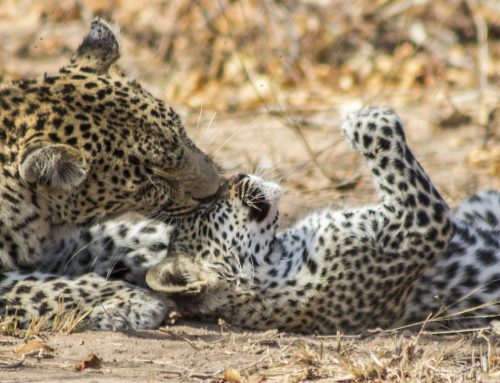
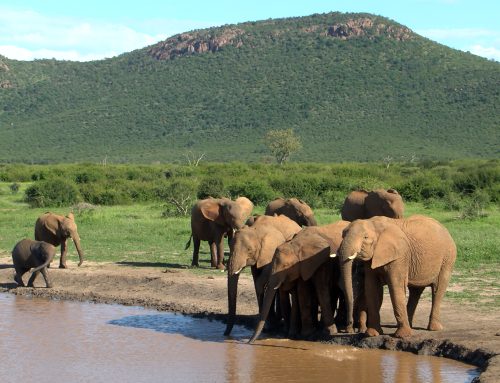
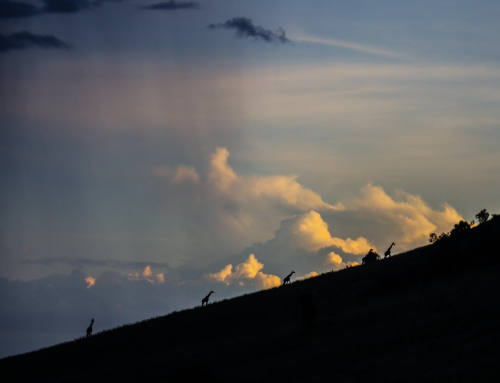
Rob, thank you for your insightful posting about the Meerkats, and how we can learn to look at the creatures that we share this planet with.. I look forward to reading more about your wonderful adventures..